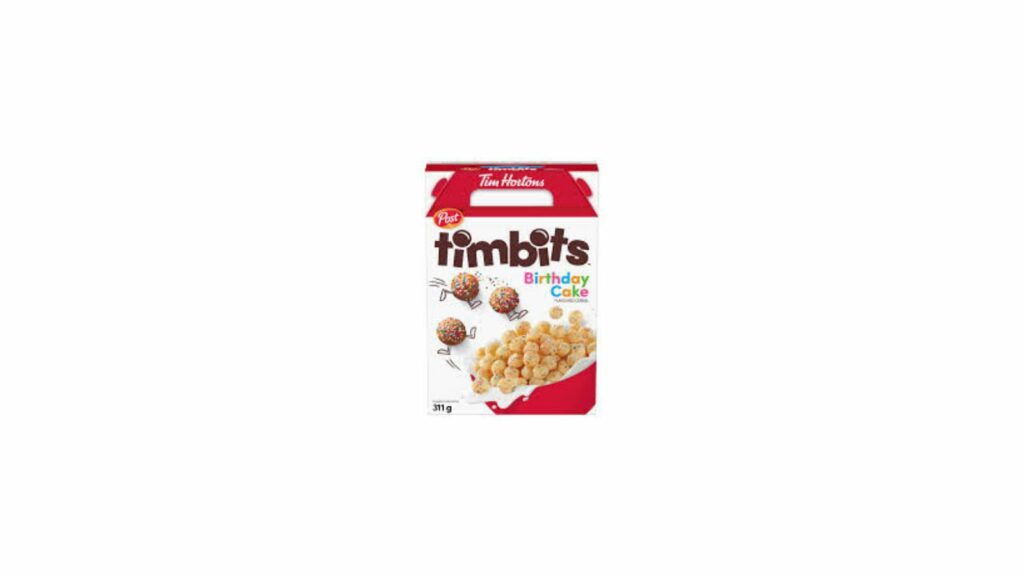Canada has a sprawling wilderness, vibrant cities, and diverse cultures. From Indigenous heritage to European influences, the traditions that have taken root across this vast nation reflect its unique history and social fabric. Whether seasonal celebrations, food customs, or community rituals, these traditions make Canada distinctive and deeply endearing to its people and visitors.
Here are 24 Canadian traditions highlighting the country’s charm, character, and community spirit.
Maple Syrup Season: A Sweet Rite of Spring
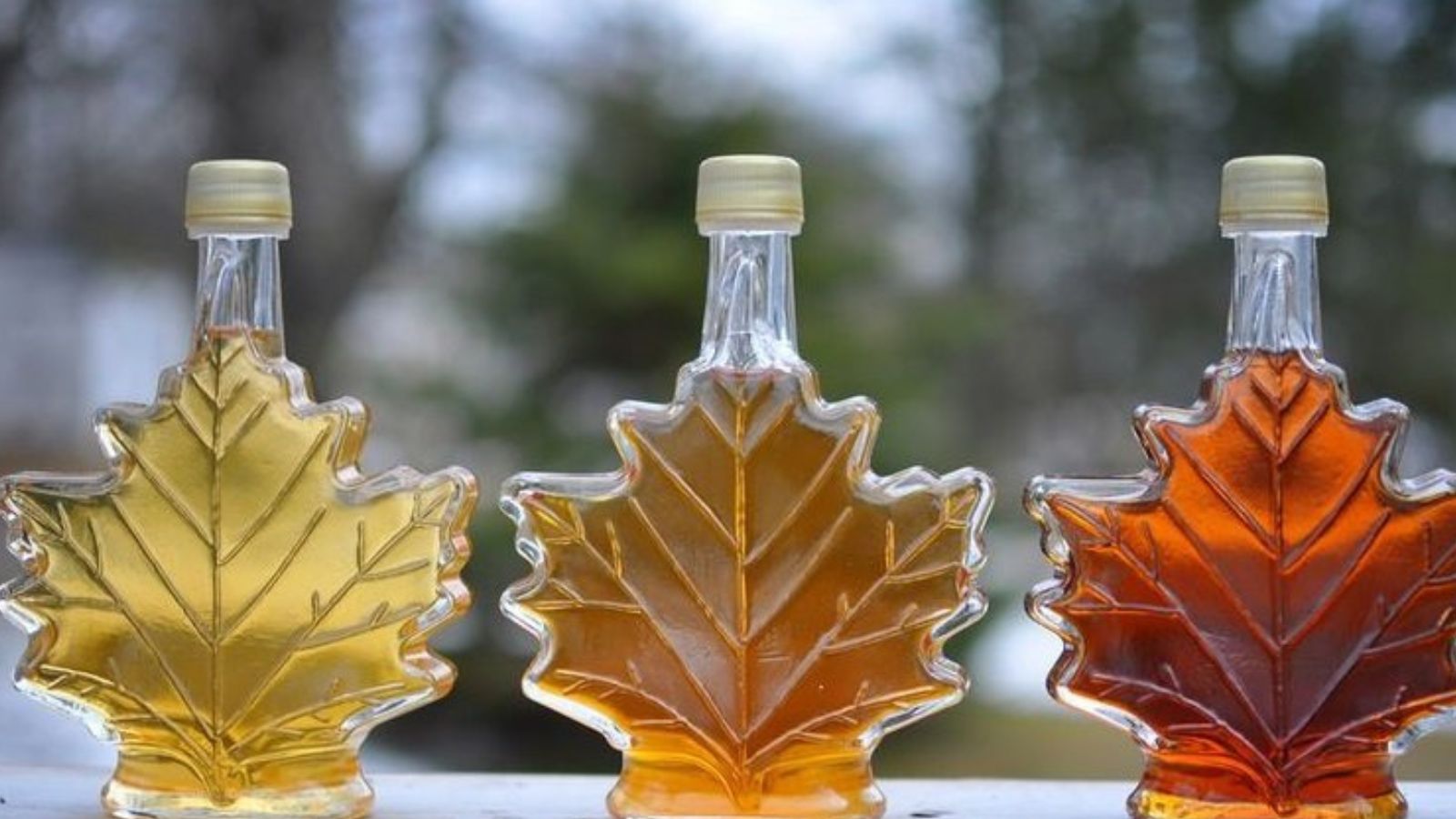
One of the most iconic Canadian traditions is the annual maple syrup harvest. As the snow begins to melt each spring, sap starts to flow from sugar maples in regions like Quebec, Ontario, and New Brunswick. Canadians gather in “sugar shacks” to witness the syrup-making process and enjoy maple-infused treats. The ritual is not just about food; it celebrates nature’s renewal and Canadian culinary identity.
National Indigenous Peoples Day
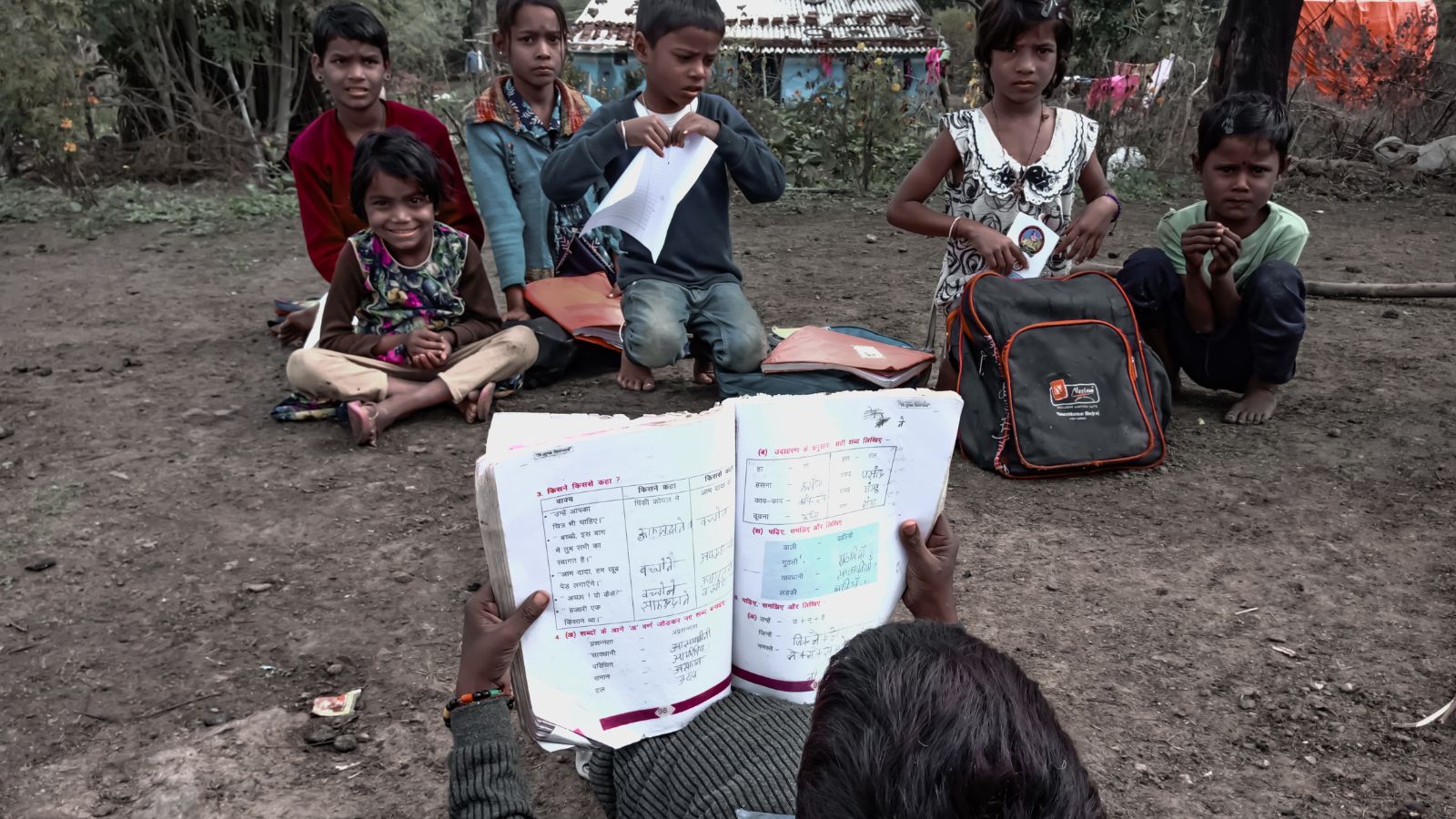
Held every year on June 21, this celebration honors the history, culture, and contributions of First Nations, Inuit, and Métis peoples. Through traditional dances, drumming, storytelling, and art, Canadians across the country pay tribute to the rich Indigenous heritage that predates the nation itself. It’s an important time for reflection and celebration, promoting unity and reconciliation.
St. Jean Baptiste Day
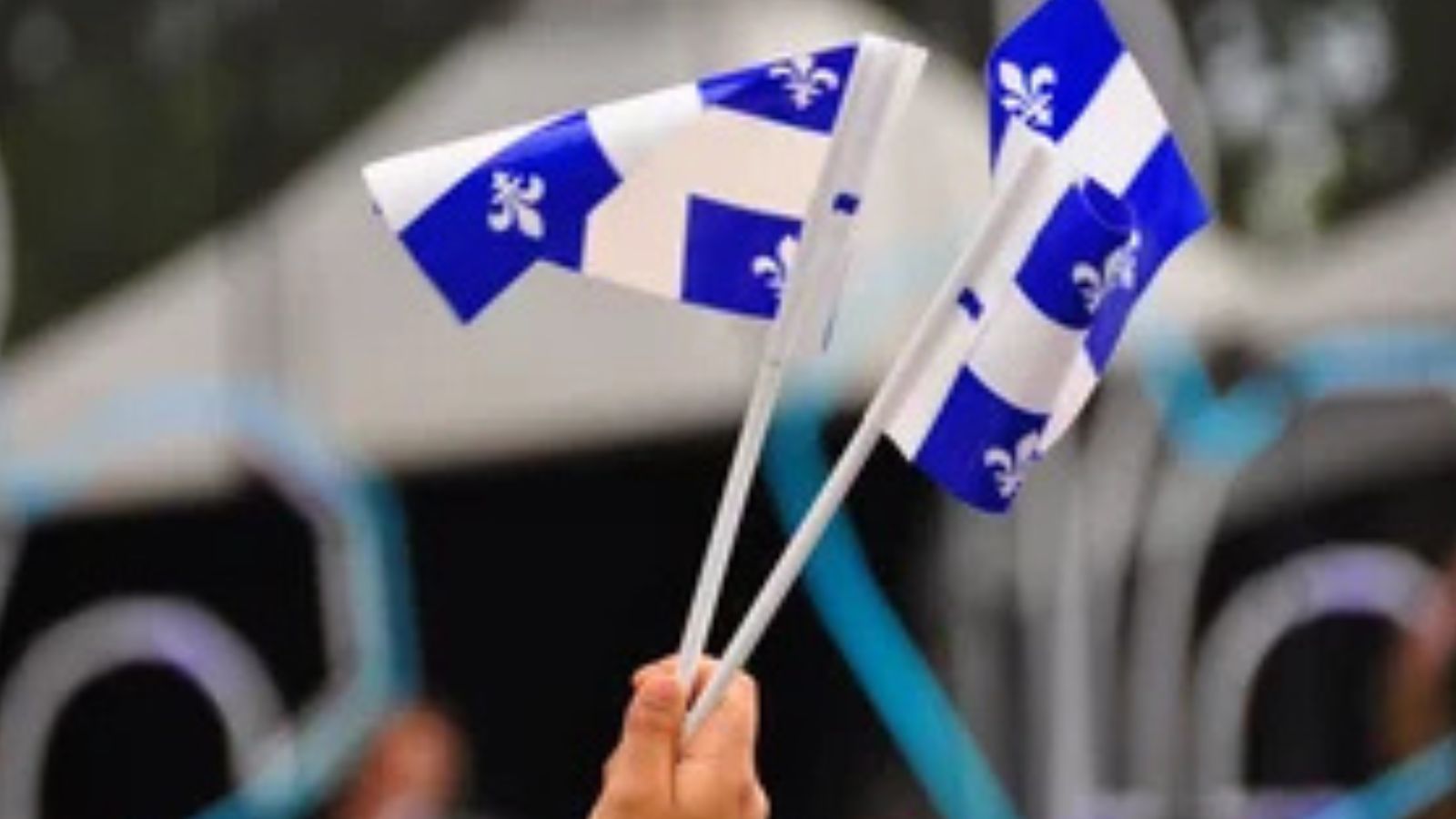
A hallmark of French-Canadian pride, St. Jean Baptiste Day is celebrated in Quebec on June 24. Parades, fireworks, music, and dancing fill the streets as Quebecers embrace their language, culture, and community. The festival, rooted in Catholic and folk traditions, remains a strong emblem of identity and cultural resilience.
Canadian Thanksgiving
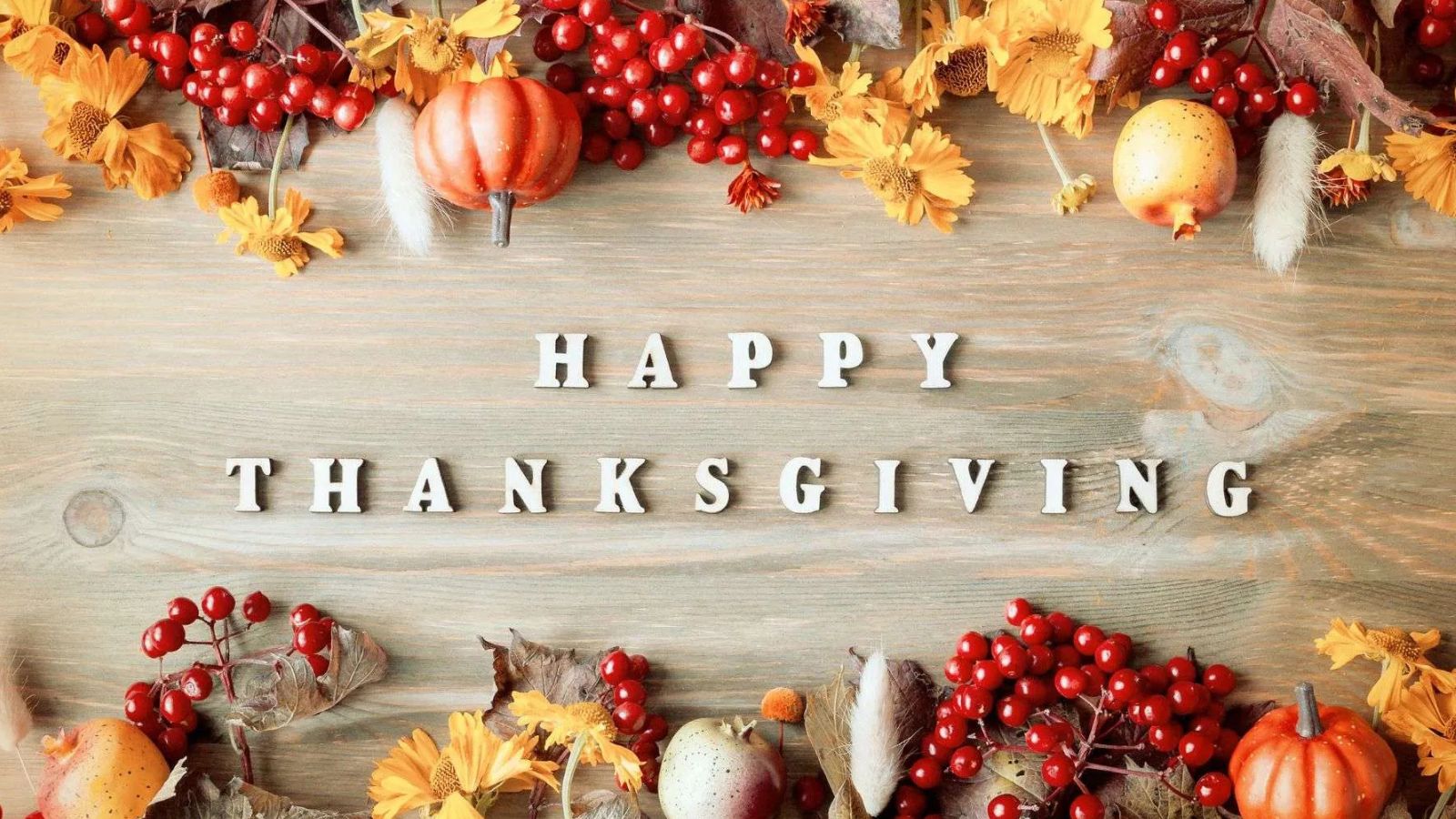
Celebrated on the second Monday of October, Canadian Thanksgiving is a time for family, gratitude, and seasonal feasting. Unlike its American counterpart, it aligns more closely with the harvest season. Families gather around tables brimming with roast turkey, stuffing, cranberry sauce, and pumpkin pie. The focus is on connection, appreciation, and the bounty of nature.
Boxing Day Sales

On December 26, Canadians take to shopping malls and websites to take advantage of Boxing Day deals. Originating in the UK, this tradition has become a major retail event in Canada, marking the end of the Christmas season. For many, it’s a time to hunt for bargains or return unwanted gifts, turning into a light-hearted sport.
Hockey: The National Obsession

Hockey isn’t just a sport in Canada. It’s a deeply ingrained part of the culture. From children learning to skate on frozen ponds to national celebrations during NHL playoffs, hockey unites Canadians like few other things can. The sport is a pastime and a passion, viewed as a rite of passage for many youth.
Lacrosse: Canada’s Original Game
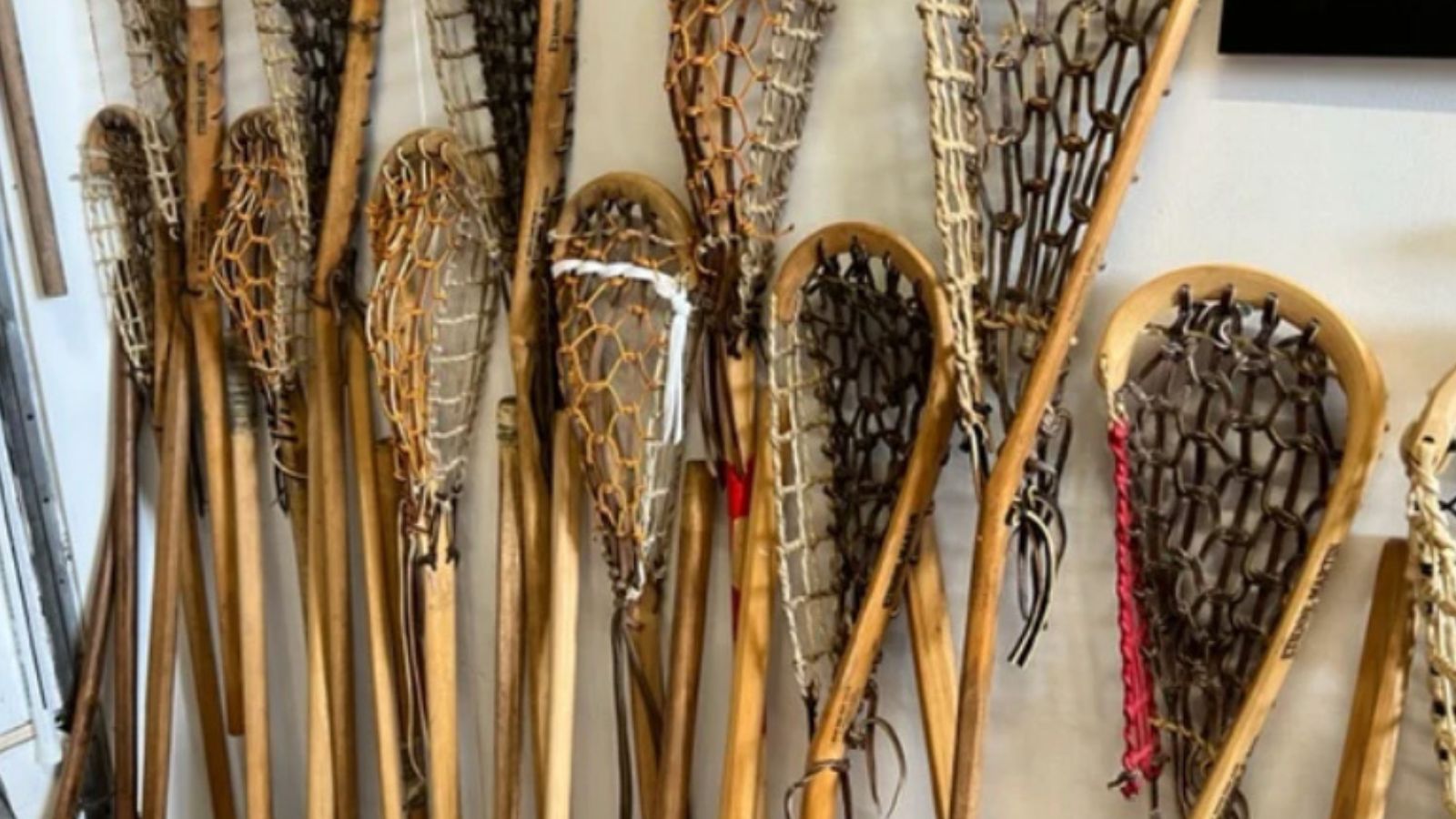
While hockey dominates the cultural landscape, lacrosse is officially Canada’s national summer sport. Rooted in Indigenous traditions, lacrosse was originally played to resolve conflicts and train warriors. Today, it continues to be a popular sport that honors its Indigenous origins and maintains a proud place in Canadian history.
Cottage Culture
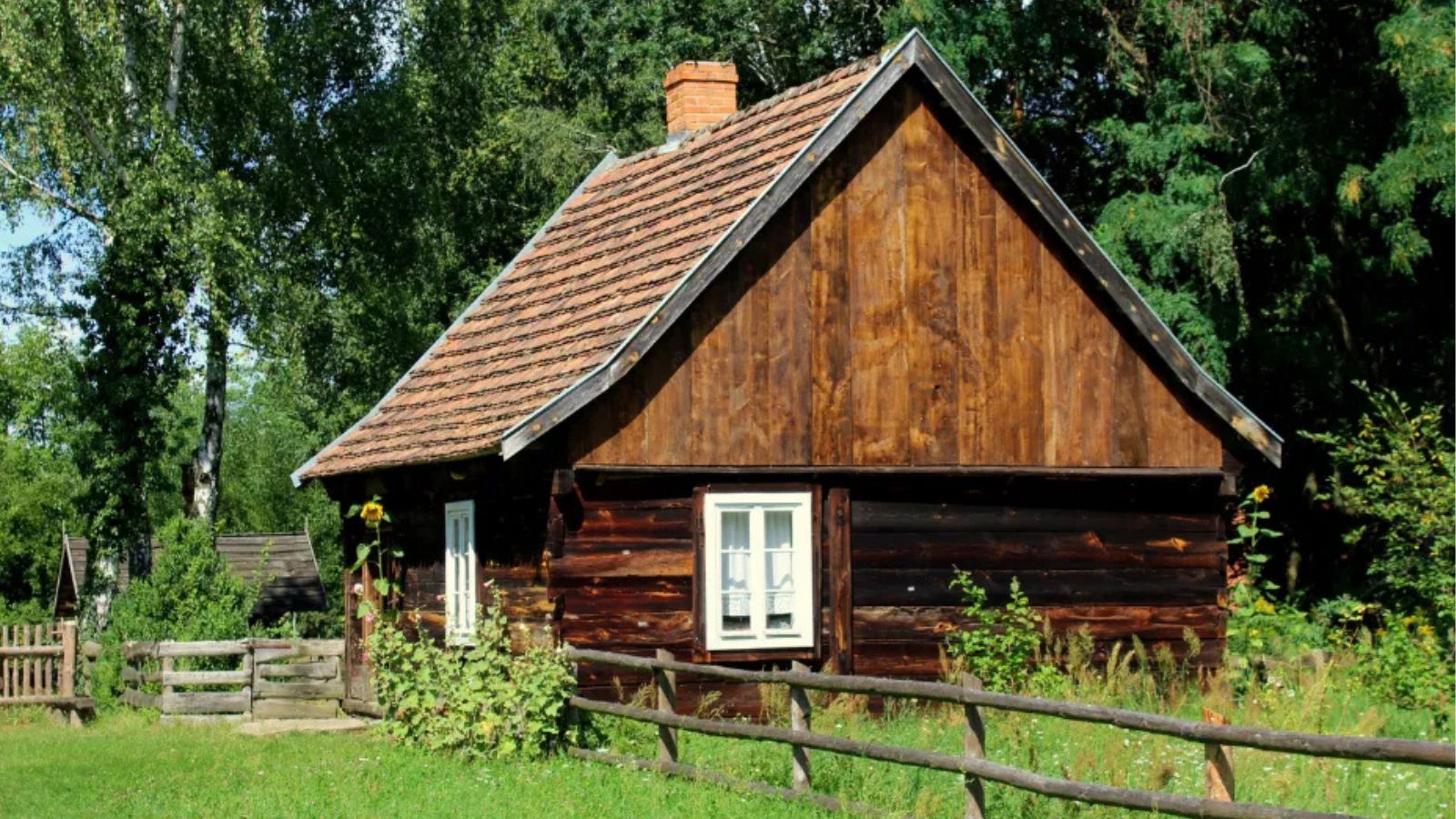
Many Canadians retreat to their “cottages” or “cabins” nestled in the wilderness when summer arrives. Whether by a lake or in the mountains, cottage life is about disconnecting from technology, enjoying nature, and spending quality time with loved ones. Barbecues, campfires, and stargazing are key elements of this peaceful tradition.
Embracing the Winter
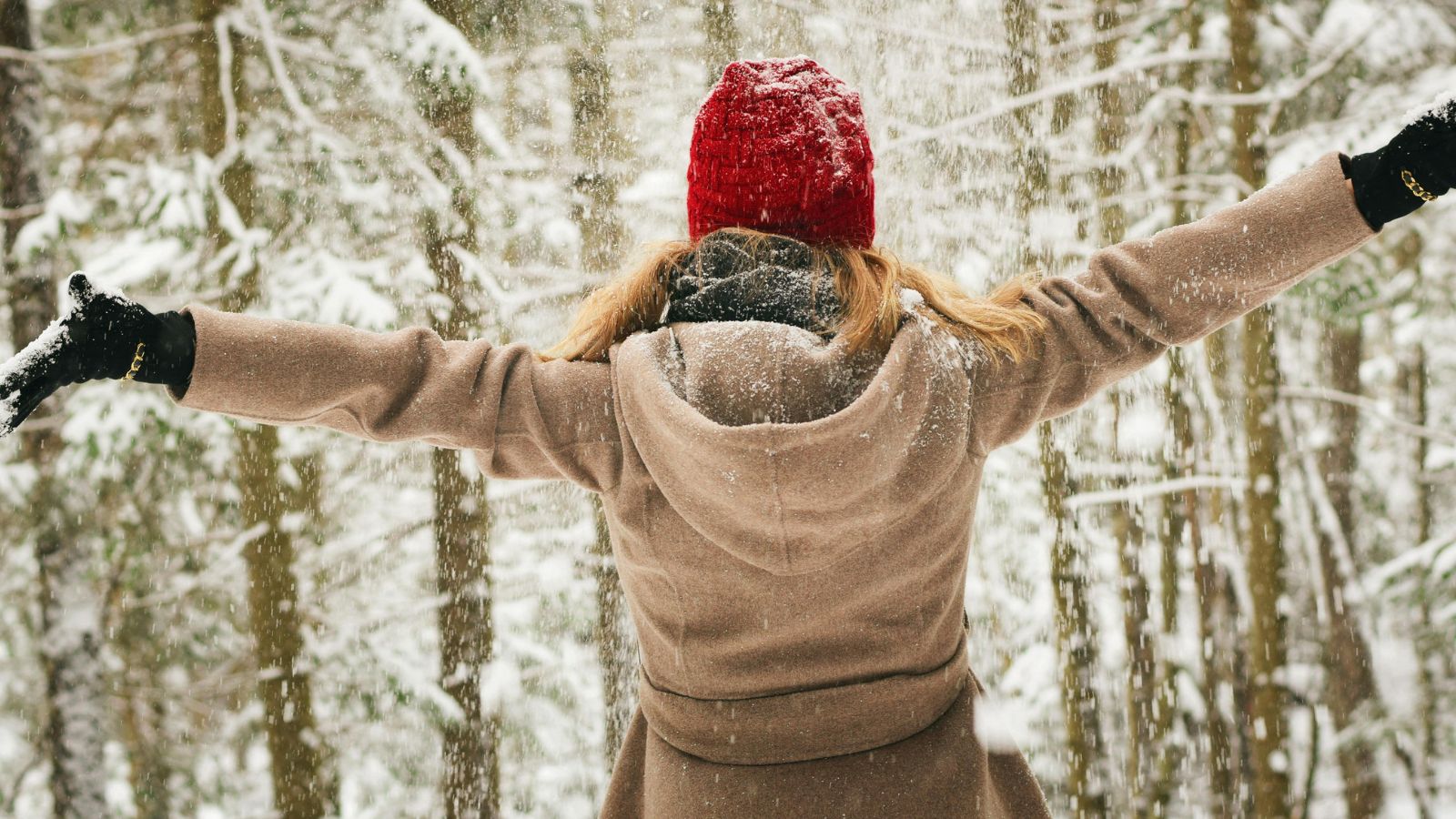
Canadians don’t just endure winter, they celebrate it. Ice skating, tobogganing, snowshoeing, and skiing are favorite pastimes. Public outdoor rinks become hubs of laughter and movement, and winter carnivals like Quebec’s Winter Carnival draw thousands each year. It’s a season that brings communities together through resilience and revelry.
Calgary Stampede
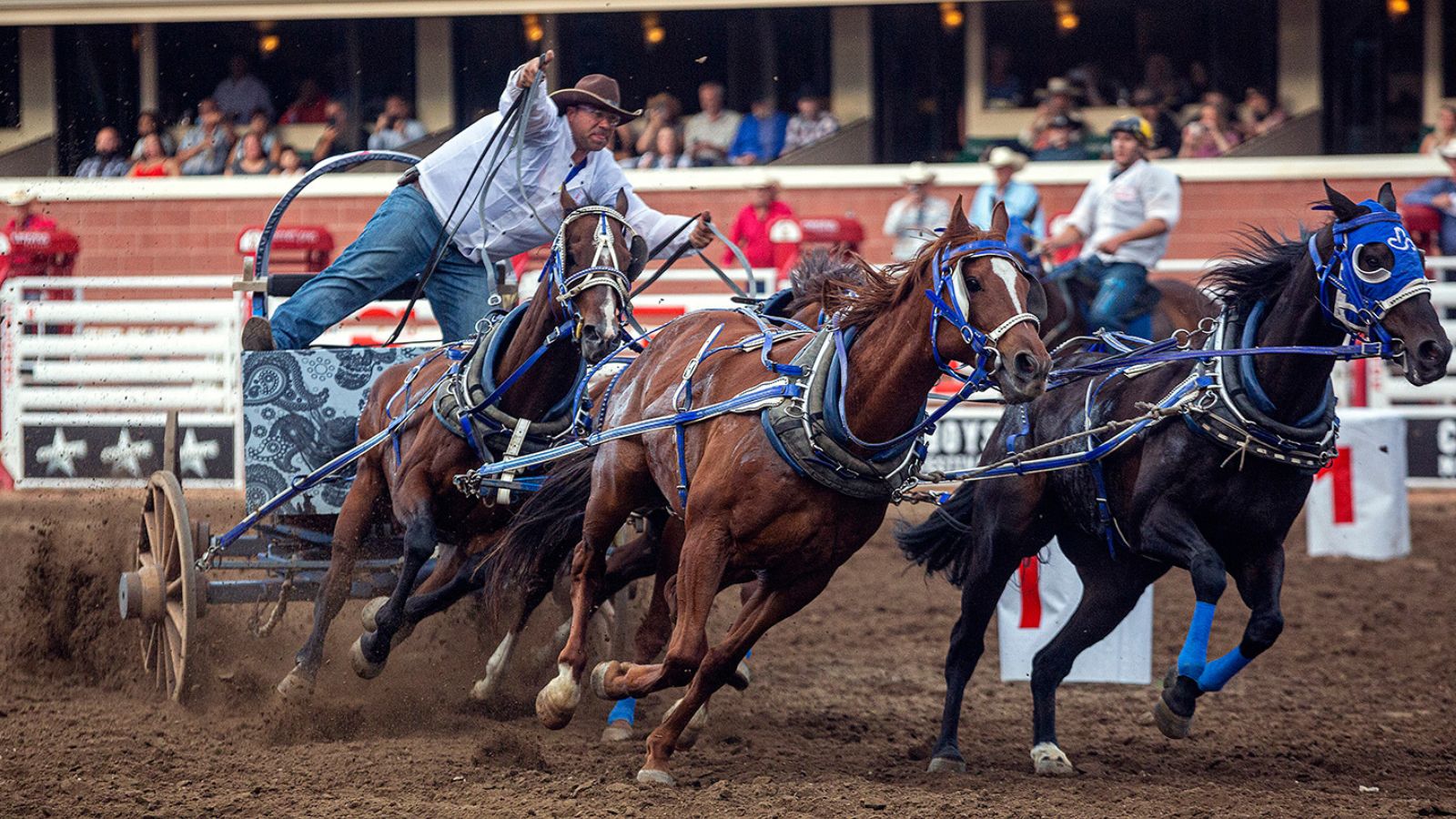
Nicknamed “The Greatest Outdoor Show on Earth,” the Calgary Stampede is a ten-day celebration of Western heritage. Rodeos, chuckwagon races, midway rides, and pancake breakfasts highlight the event, attracting visitors from around the world. It’s a blend of cowboy culture, community spirit, and wild entertainment.
Maple Syrup Festivals
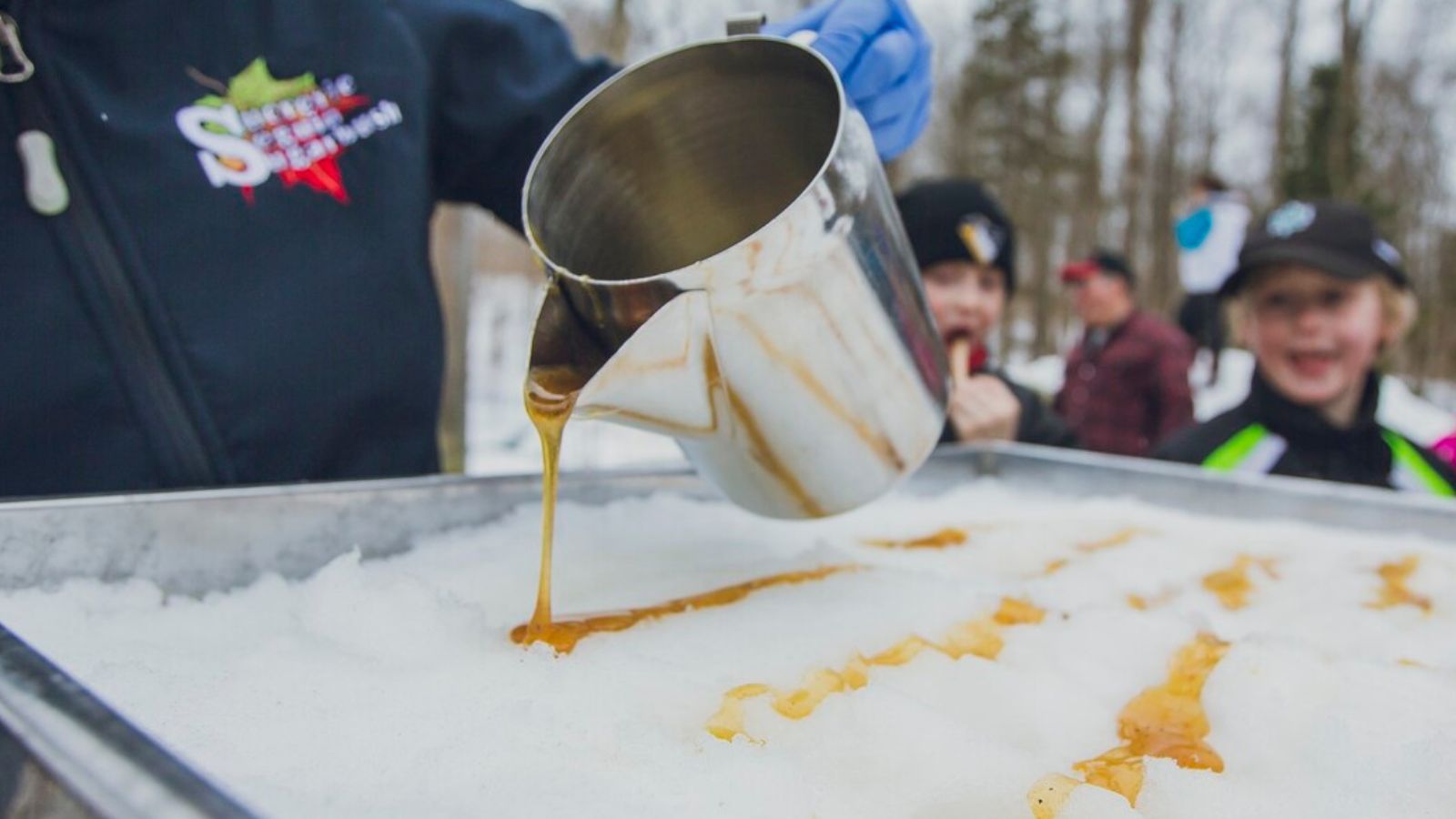
Yes, maple syrup gets two mentions and rightly so! Local festivals during syrup season are cherished community events. Families come together to sample syrup, tour sugar bushes, and engage in games and crafts. These festivals serve as a sweet treat and a way to celebrate rural life and seasonal change.
Multicultural Festivals
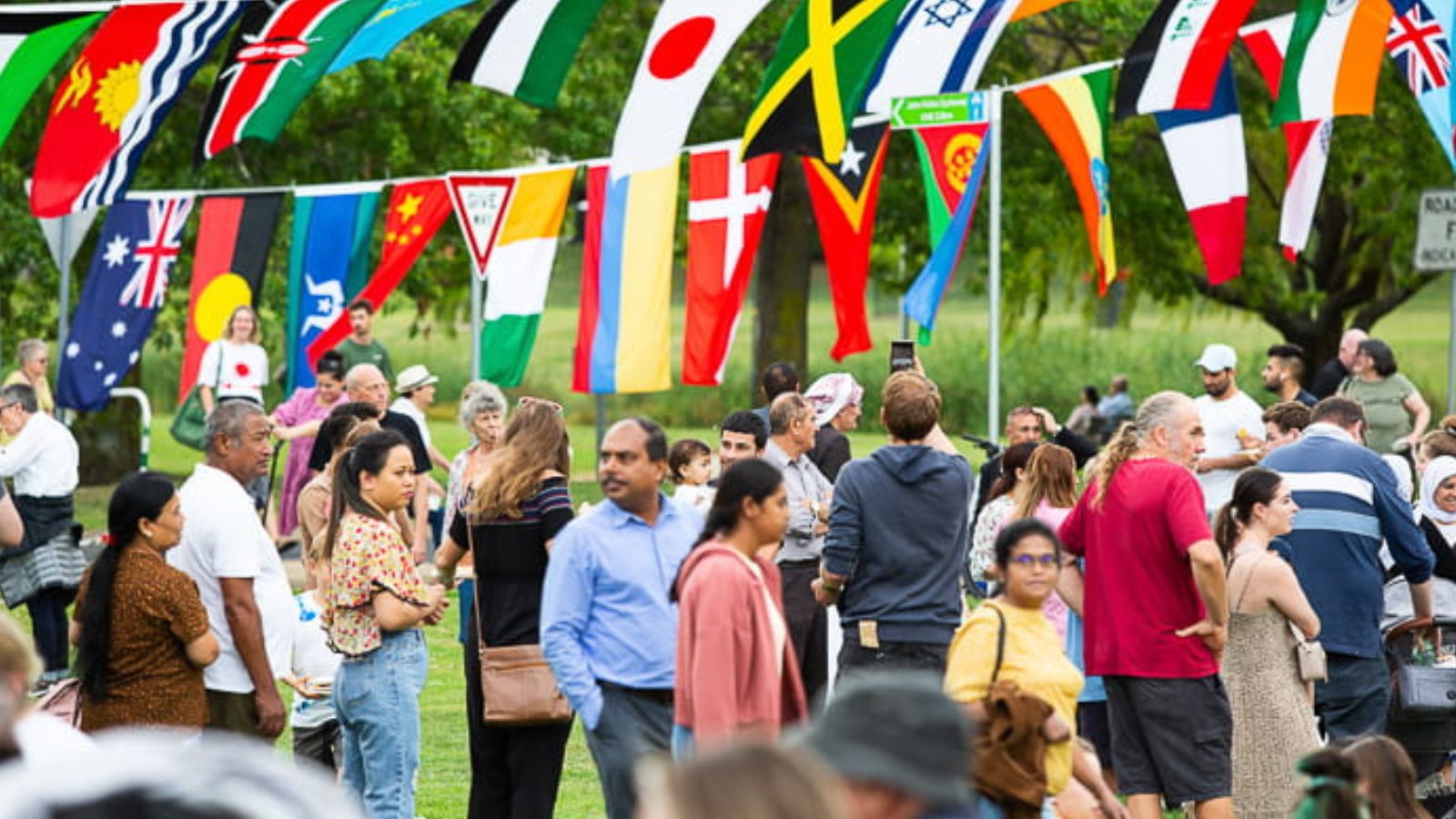
As a proudly multicultural country, Canada celebrates its diversity through vibrant festivals. From Toronto’s Caribana to Vancouver’s Chinese New Year Parade and Montreal’s Italian Week, these festivals showcase music, food, dance, and art from around the globe. They embody Canada’s welcoming spirit and cultural inclusivity.
Poutine Love
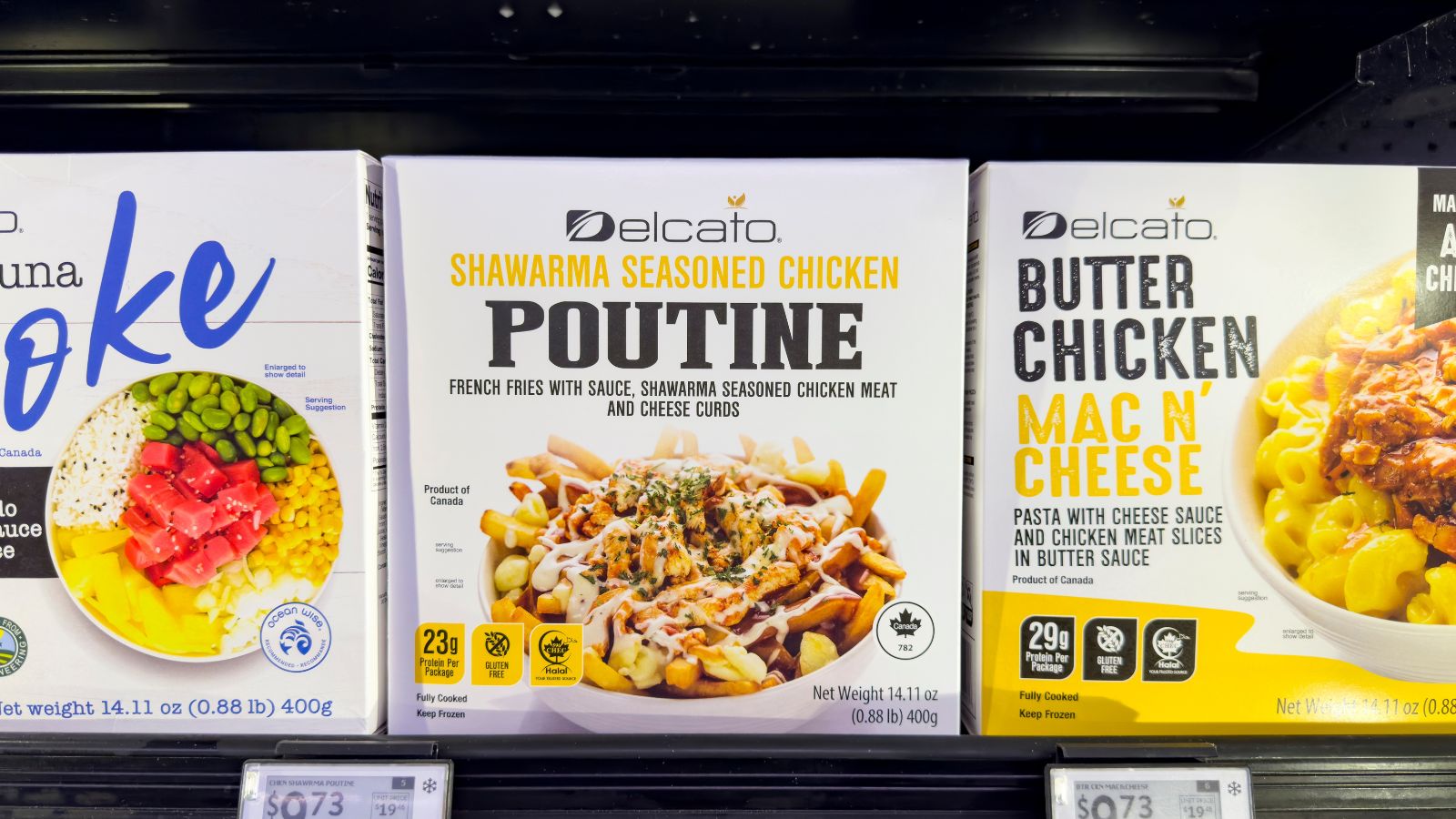
This decadent dish (fries topped with cheese curds and gravy) is a Canadian culinary icon. Originating in Quebec, poutine has gone from local favorite to international sensation. Canadians enjoy poutine at diners, food trucks, and festivals, treating it as comfort food and a source of cultural pride.
Tim Hortons: More Than a Coffee Shop
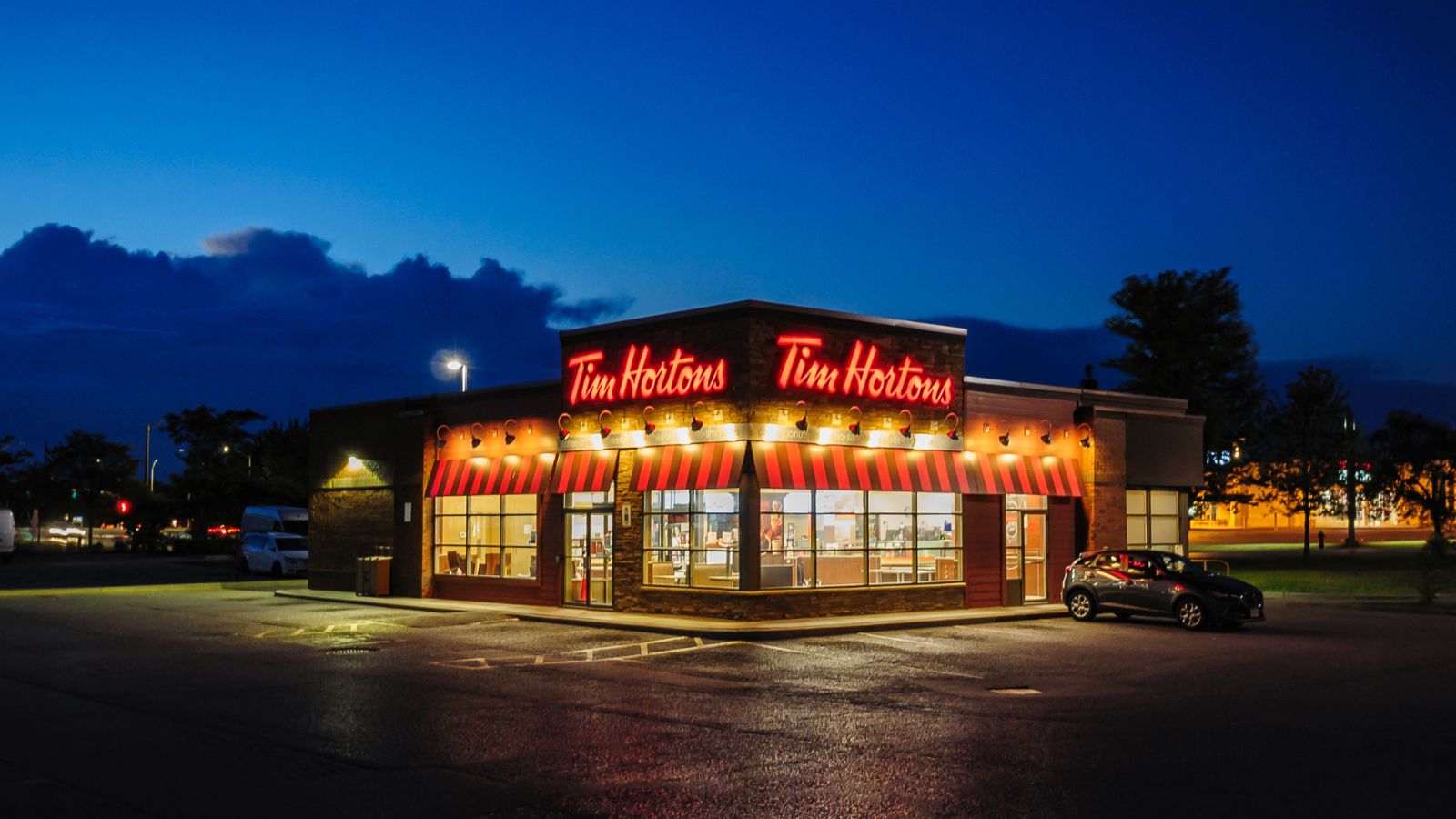
Tim Hortons, affectionately known as “Timmies,” is a national institution. Whether it’s a morning double-double (coffee with two creams and two sugars) or a box of Timbits (doughnut holes), it’s a place where Canadians gather, chat, and share daily moments. It represents a sense of community and familiarity.
Butter Tarts: A Sweet Classic
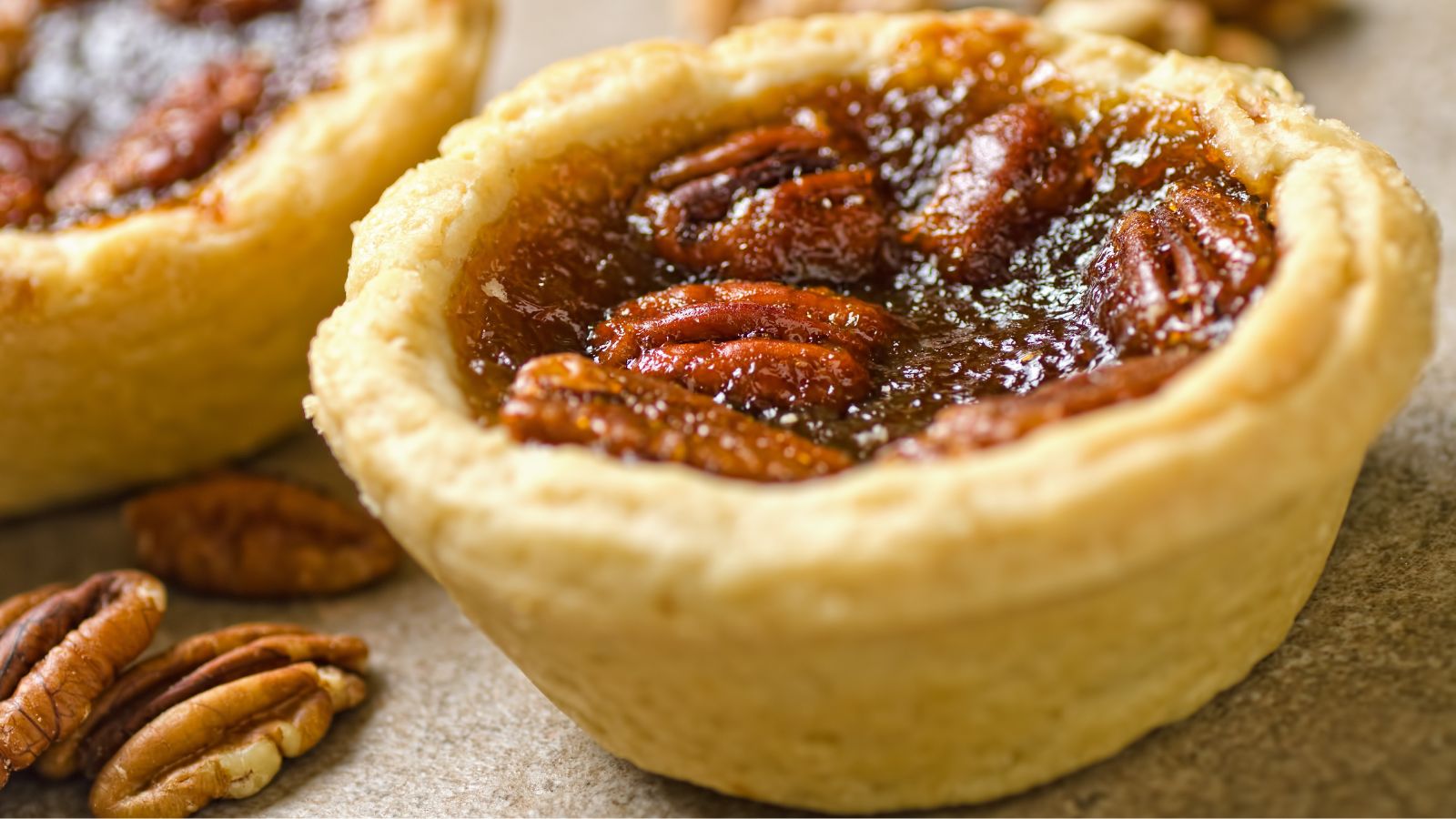
Buttery, gooey, and delightfully Canadian, butter tarts are a beloved dessert that dates back to pioneer times. Whether with raisins, pecans, or plain, these treats are staples at holiday gatherings and country fairs, evoking a nostalgic sense of home and heritage.
BeaverTails
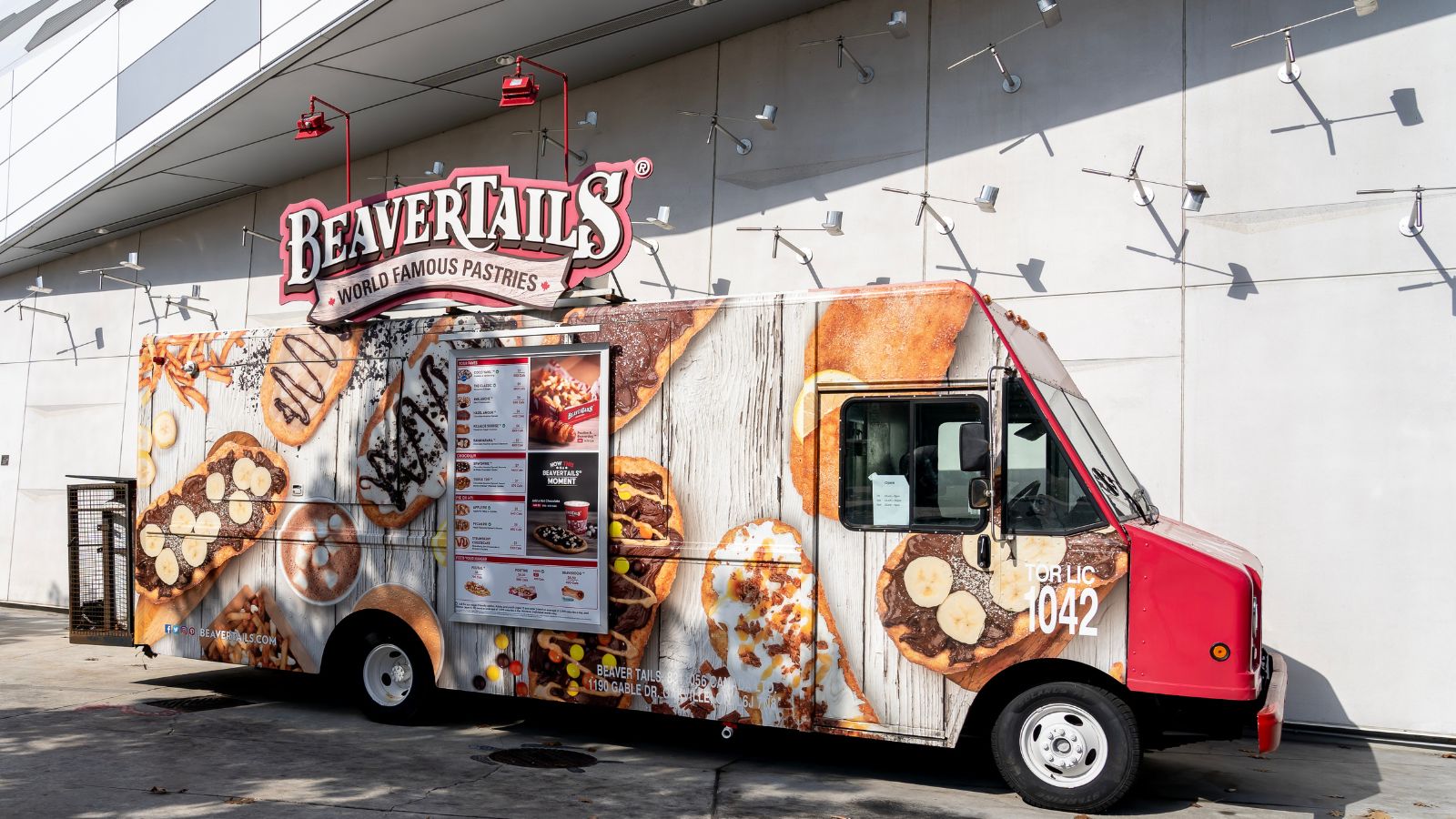
Another sweet delight, BeaverTails are fried dough pastries topped with everything from cinnamon sugar to chocolate and fruit. Named for their shape, they’re a favorite at ski hills and winter festivals, offering warmth and indulgence in the chilly Canadian air.
Canadian Folklore
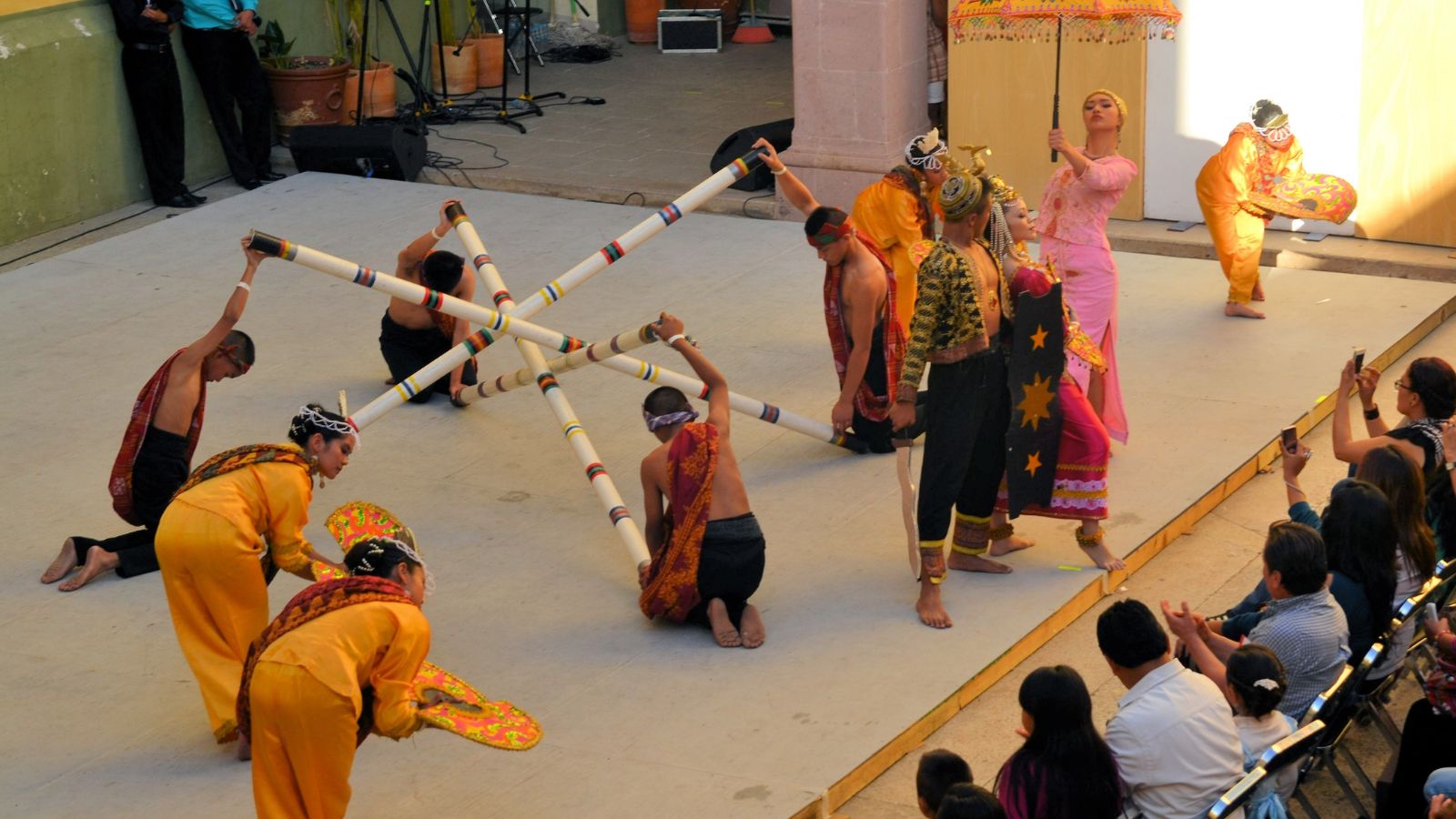
Canada’s folklore is rich and varied. Tales like the Dungarvon Whooper from New Brunswick or the legends of Big Joe Mufferaw in Ontario reflect the country’s rural roots and oral storytelling tradition. These stories, passed down through generations, add mystery and personality to Canada’s cultural landscape.
National Symbols
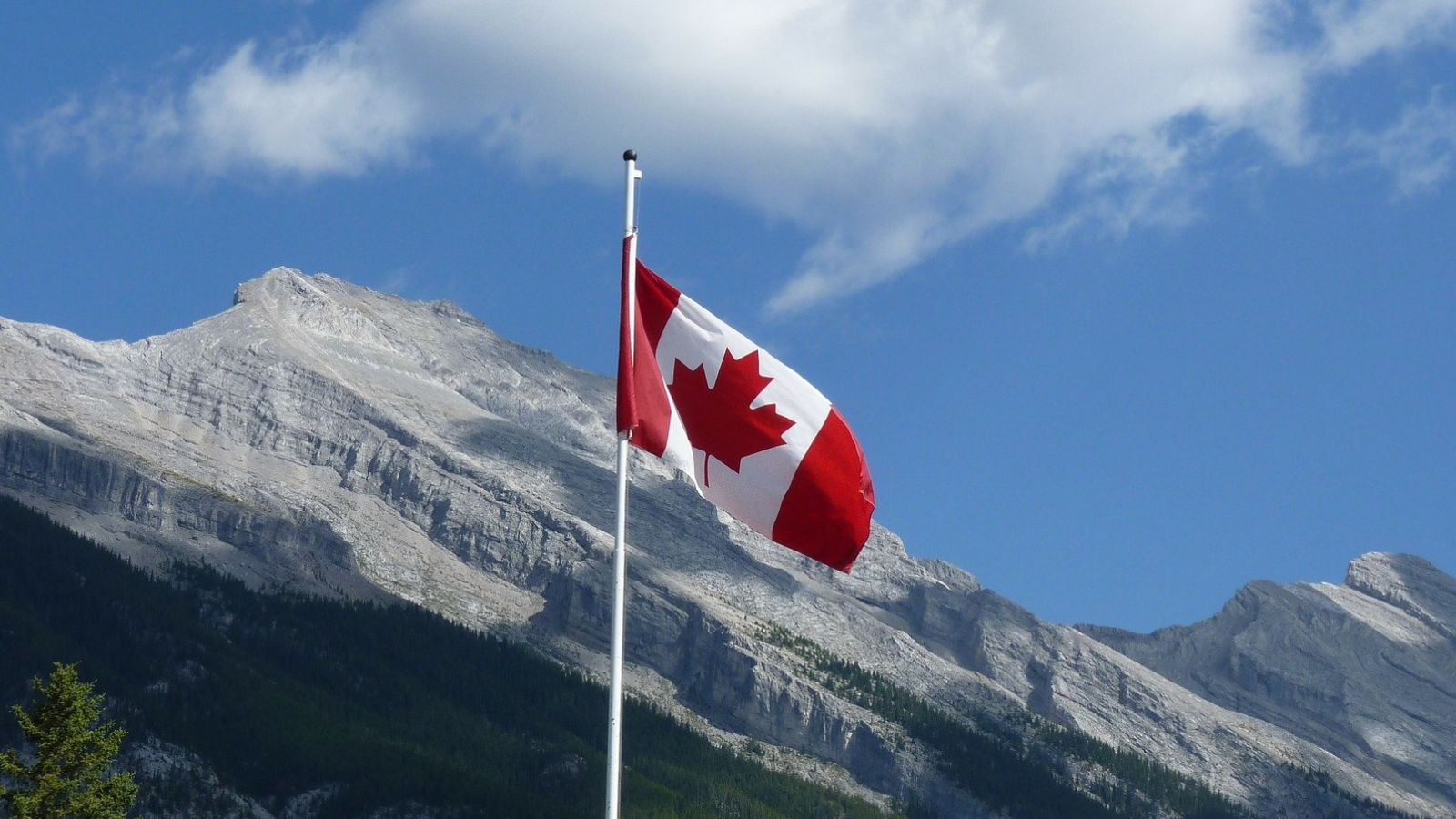
The maple leaf, the beaver, and the Royal Canadian Mounted Police (RCMP) are more than just emblems. They are cherished symbols of Canadian identity. They appear in art, currency, and even sports logos, serving as reminders of the nation’s values: unity, peace, and respect for nature.
Birthday Traditions
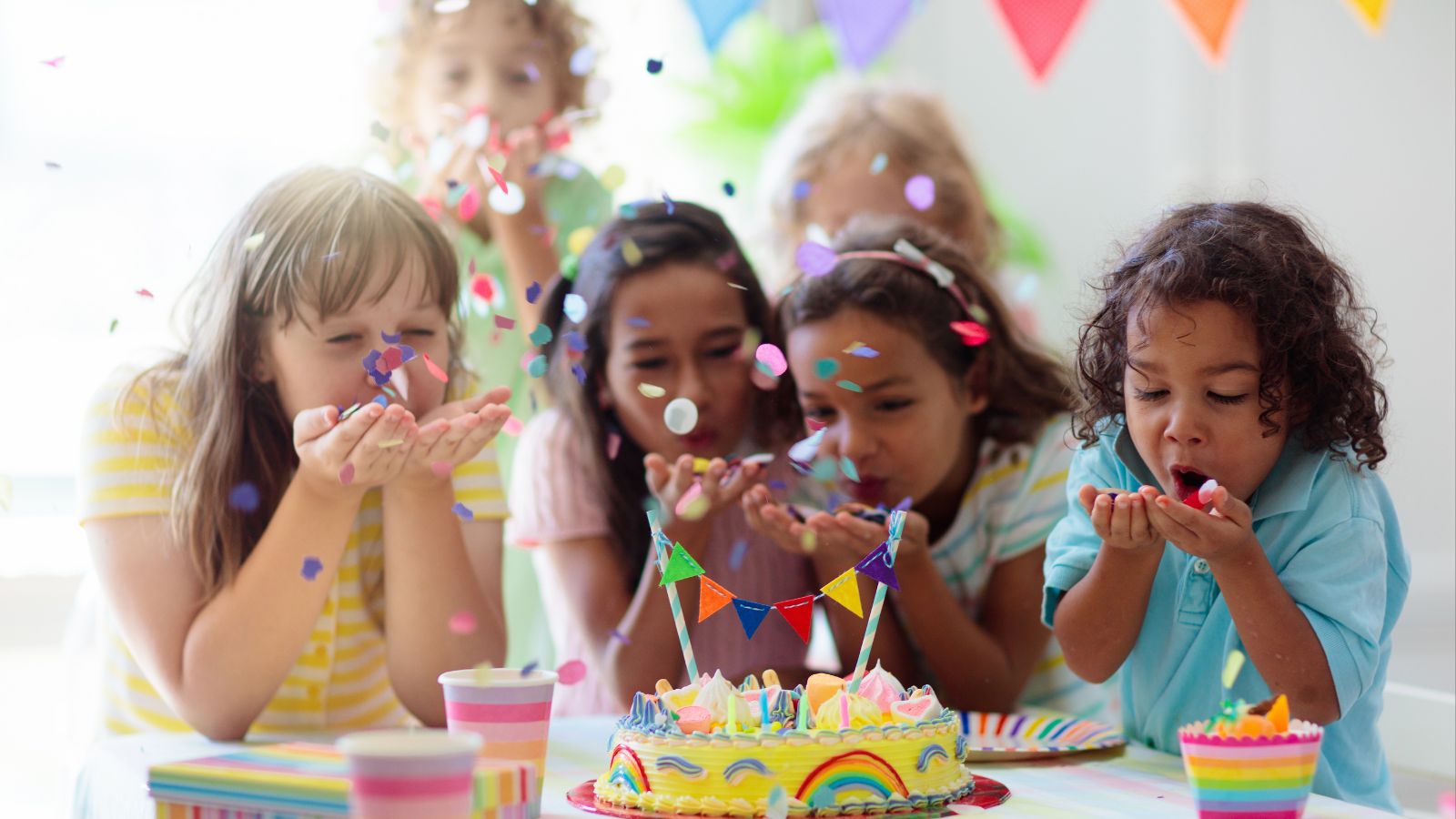
Canadian birthdays mirror Western customs parties, singing “Happy Birthday,” and blowing out candles. However, they may include multicultural elements, depending on the family’s heritage. It’s common for children to receive a “birthday bump” or for coworkers to share cake at the office.
The Toque: A Cultural Staple
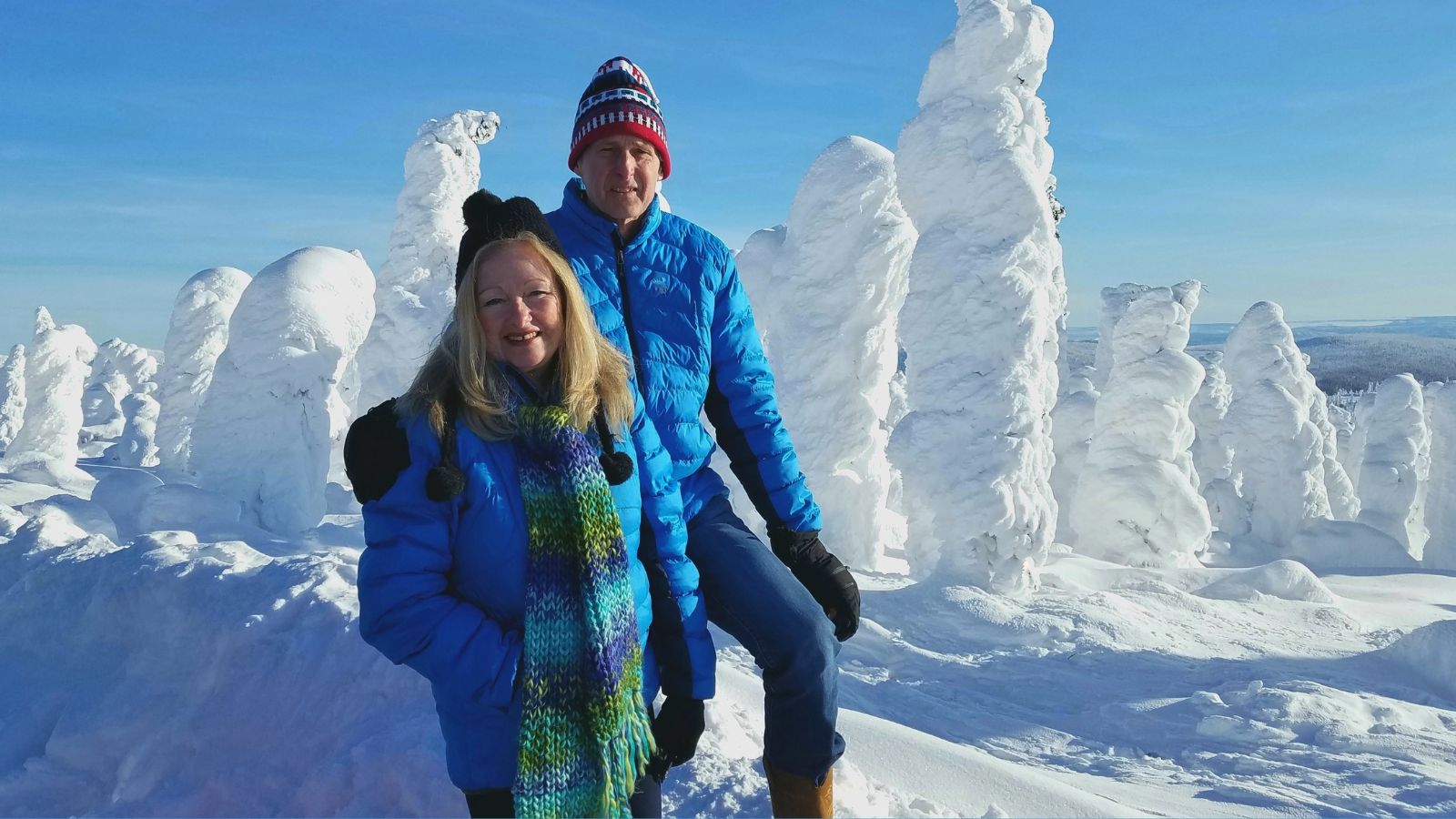
In winter, no Canadian outfit is complete without a toque, a knitted cap that keeps ears warm and heads stylish. It’s a symbol of practicality and cultural identity, found in every closet from Vancouver to St. John’s.
Saying “Sorry”—A Lot
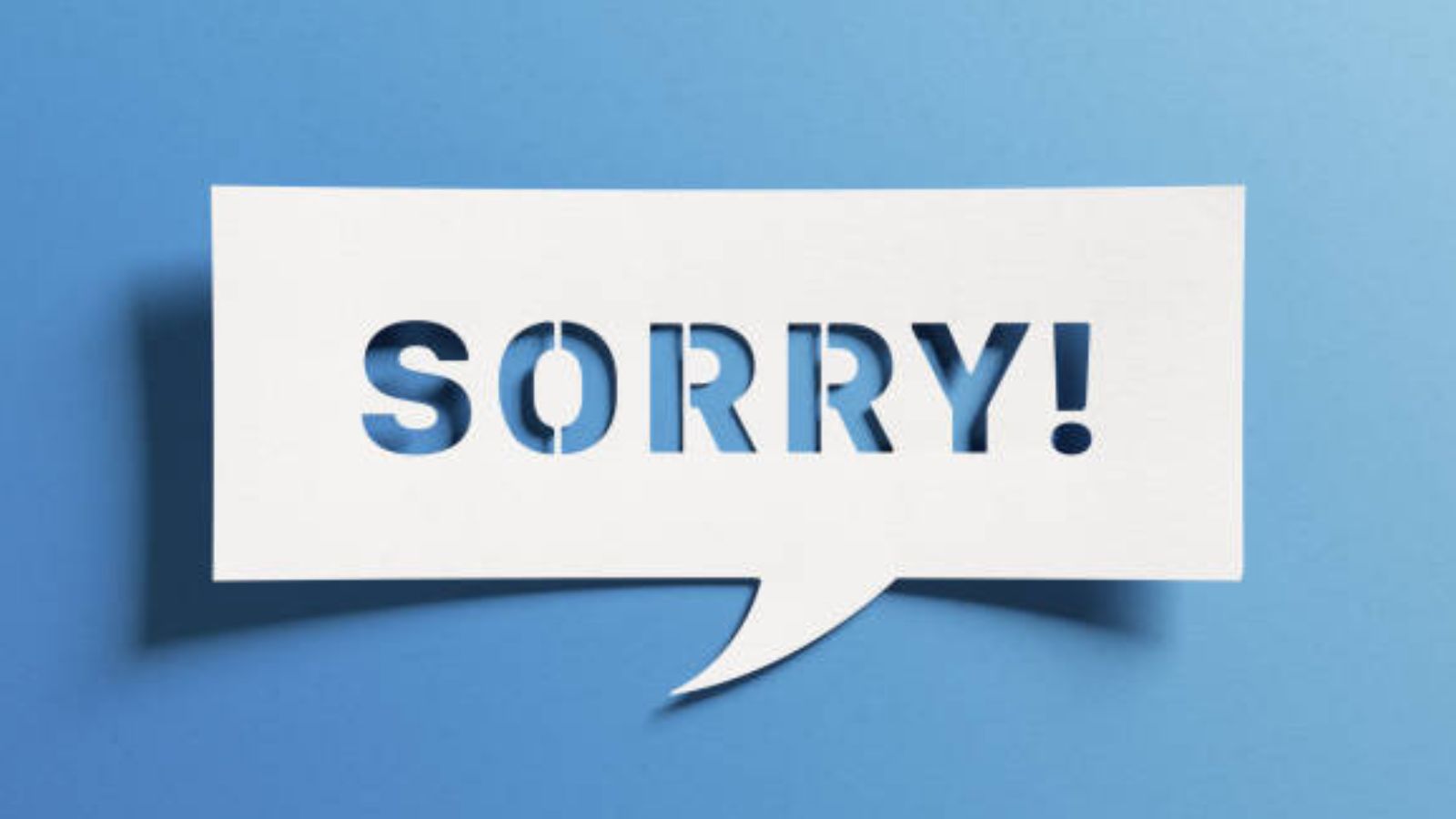
It’s a stereotype with some truth: Canadians apologize frequently. Whether accidentally bumping into someone or offering an unsolicited kindness, saying “sorry” is a cultural reflex that reflects politeness, empathy, and a desire to maintain harmony in social interactions.
Multiculturalism as Policy
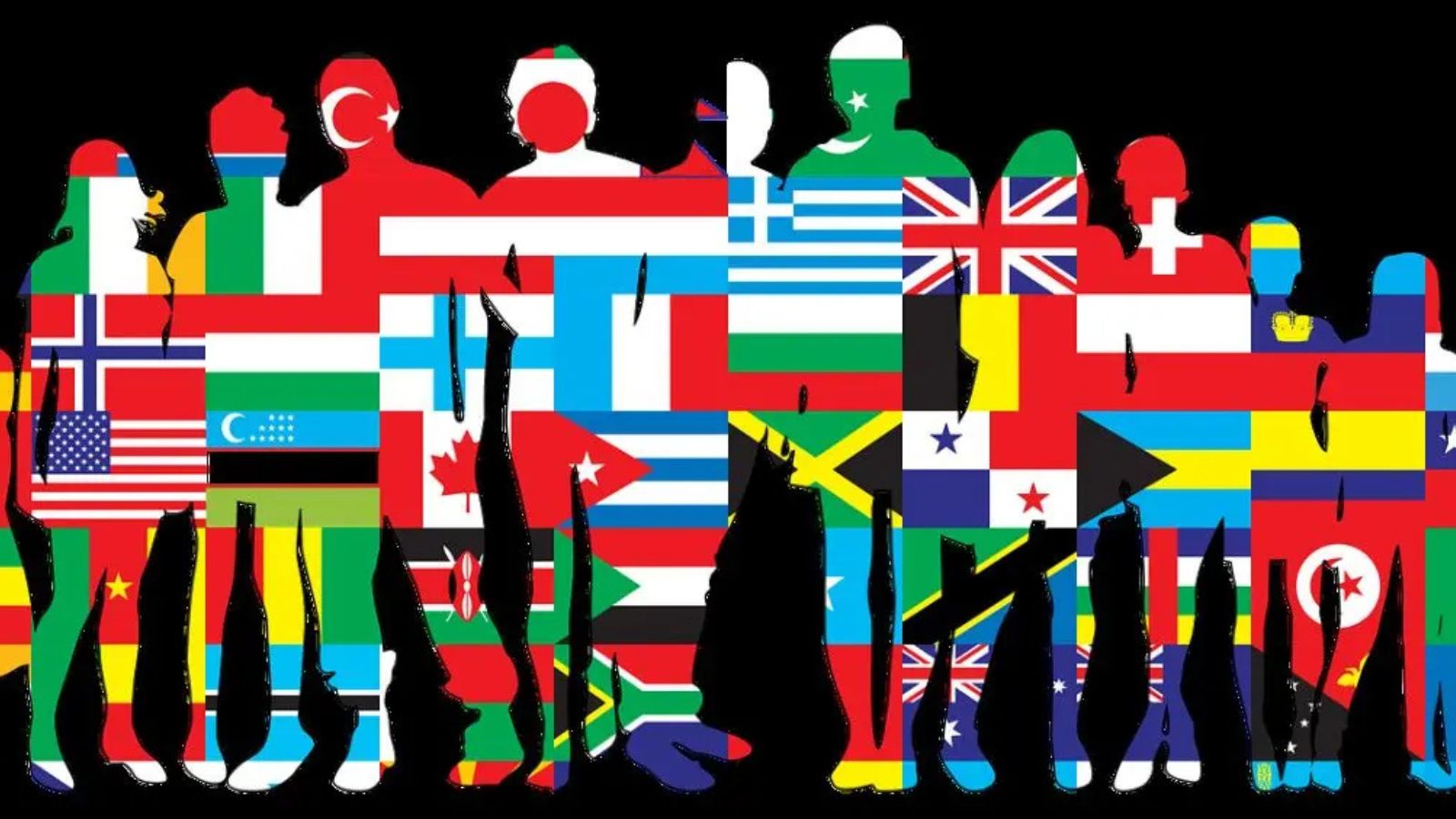
Canada was the first country in the world to adopt multiculturalism as an official policy in 1971. This tradition of inclusion encourages immigrants to celebrate their cultural backgrounds while integrating into Canadian society. It has helped shape a nation known for tolerance, diversity, and respect.
Bilingualism
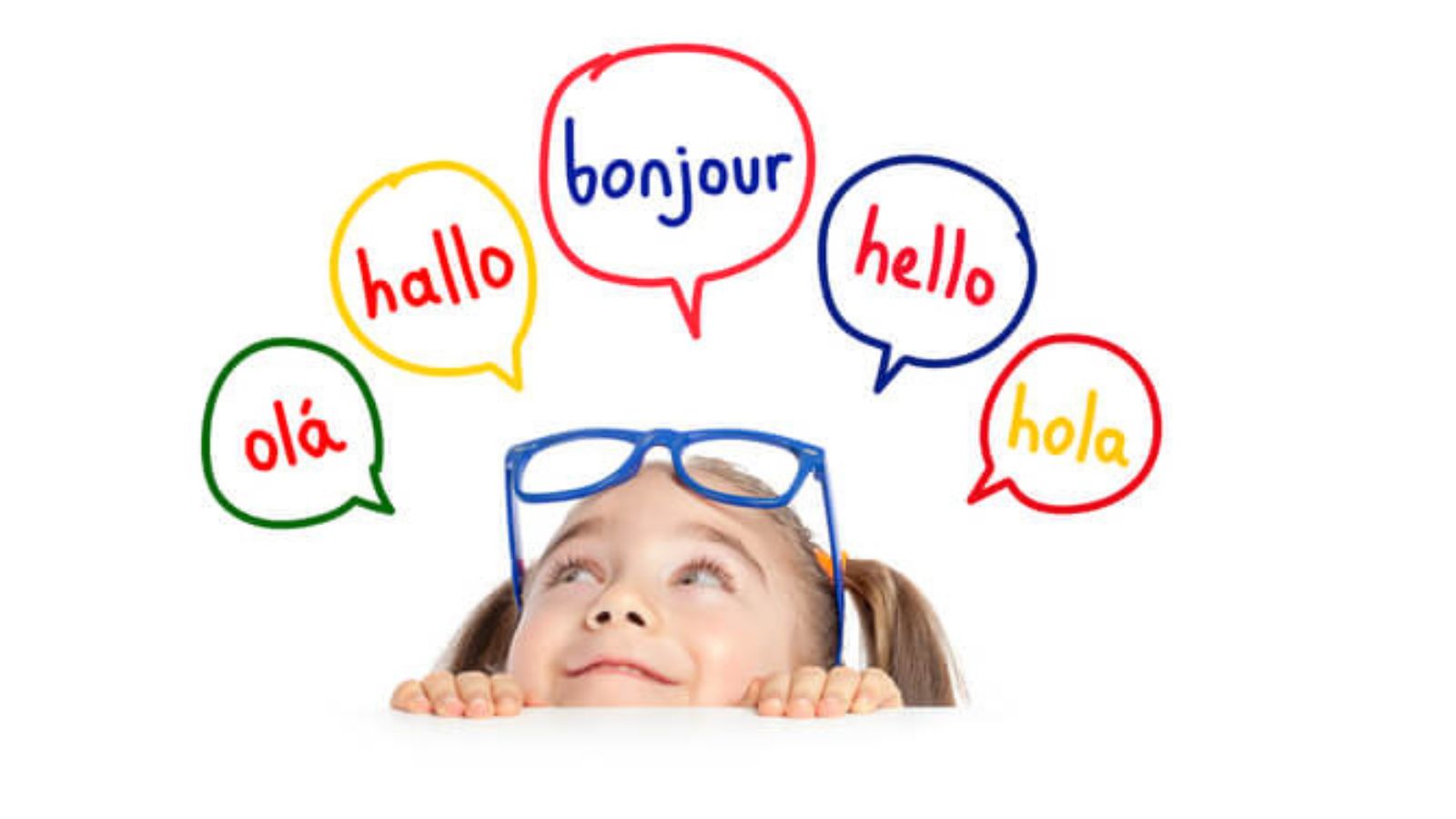
Canada is officially bilingual, with English and French recognized at the federal level. This reflects the country’s founding nations and influences public signage, education, media, and government. Bilingualism isn’t just a policy; it’s a reflection of Canada’s dual heritage and cooperative ethos.
Celebrating Diversity through Heritage
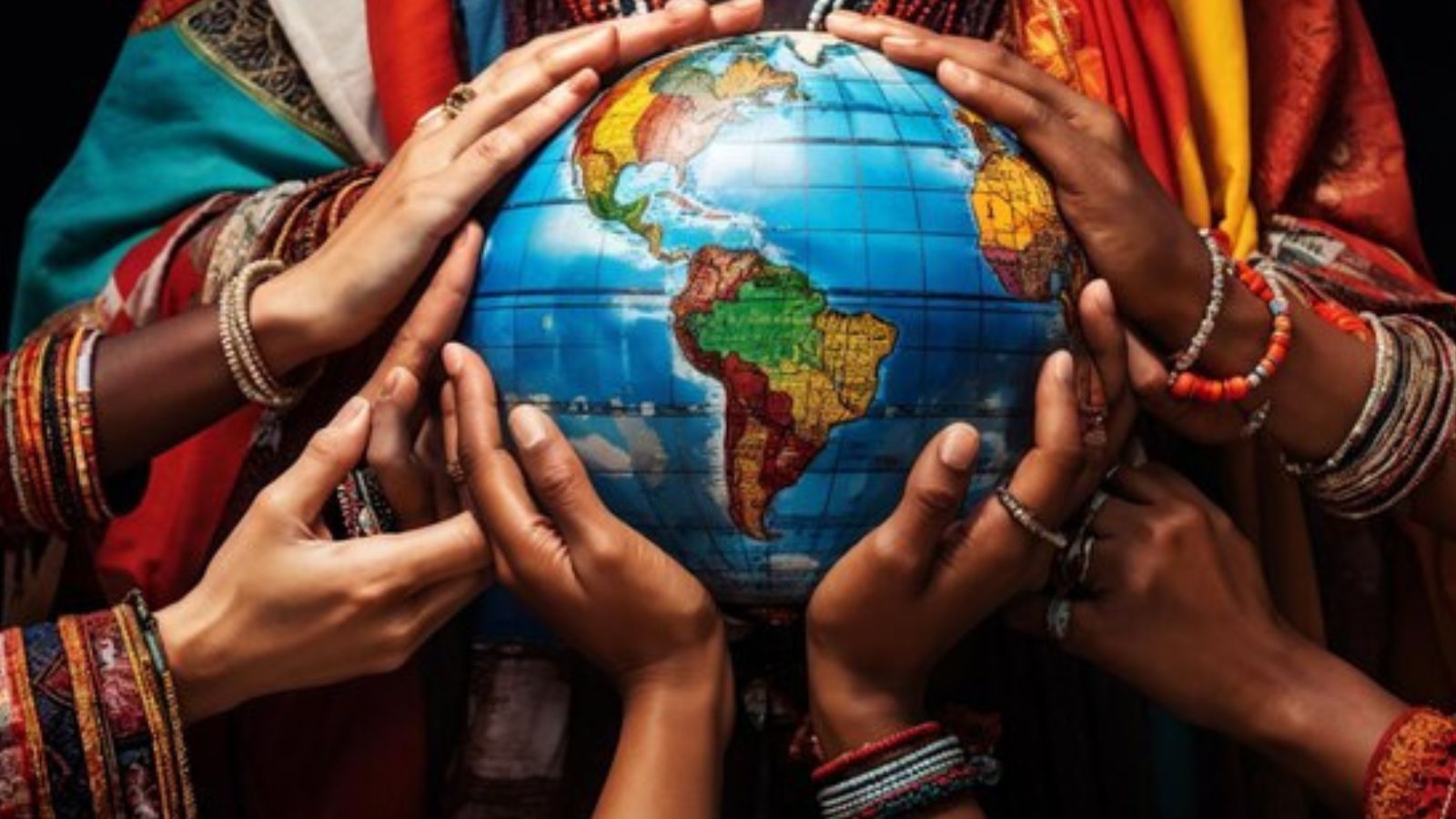
Whether it’s Diwali in Surrey, Eid in Toronto, or Lunar New Year in Montreal, Canadian cities embrace and celebrate a wide range of cultural holidays. These events provide representation and invite others to learn, connect, and appreciate different traditions.
Conclusion

Canada’s traditions are a rich blend of Indigenous legacies, immigrant contributions, and natural influences. They reflect a society that values community, celebrates difference, and finds joy in every season. Whether quirky, heartwarming, or deeply symbolic, these customs form the cultural heartbeat of the country.
In celebrating these traditions, Canadians continue to shape a nation that feels timeless and inclusive, rooted in history yet always evolving.
22 Times Canadian Ingenuity Left the U.S. in the Dust
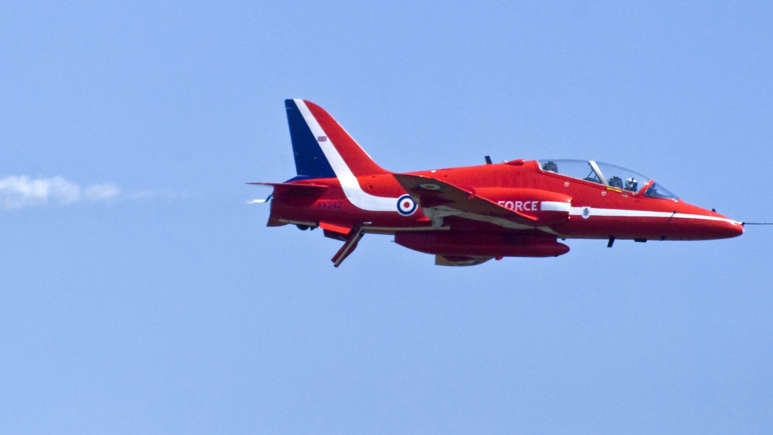
When people think of innovation, they often picture Silicon Valley. However, Canada has a history of innovation, too. Whether it’s redefining sports, revolutionizing medicine, or just showing America up at its own game, Canadian inventors, thinkers, and dreamers have had their fair share of mic-drop moments. Here are 22 times Canadian ingenuity left the U.S. in the dust.
22 Times Canadian Ingenuity Left the U.S. in the Dust
